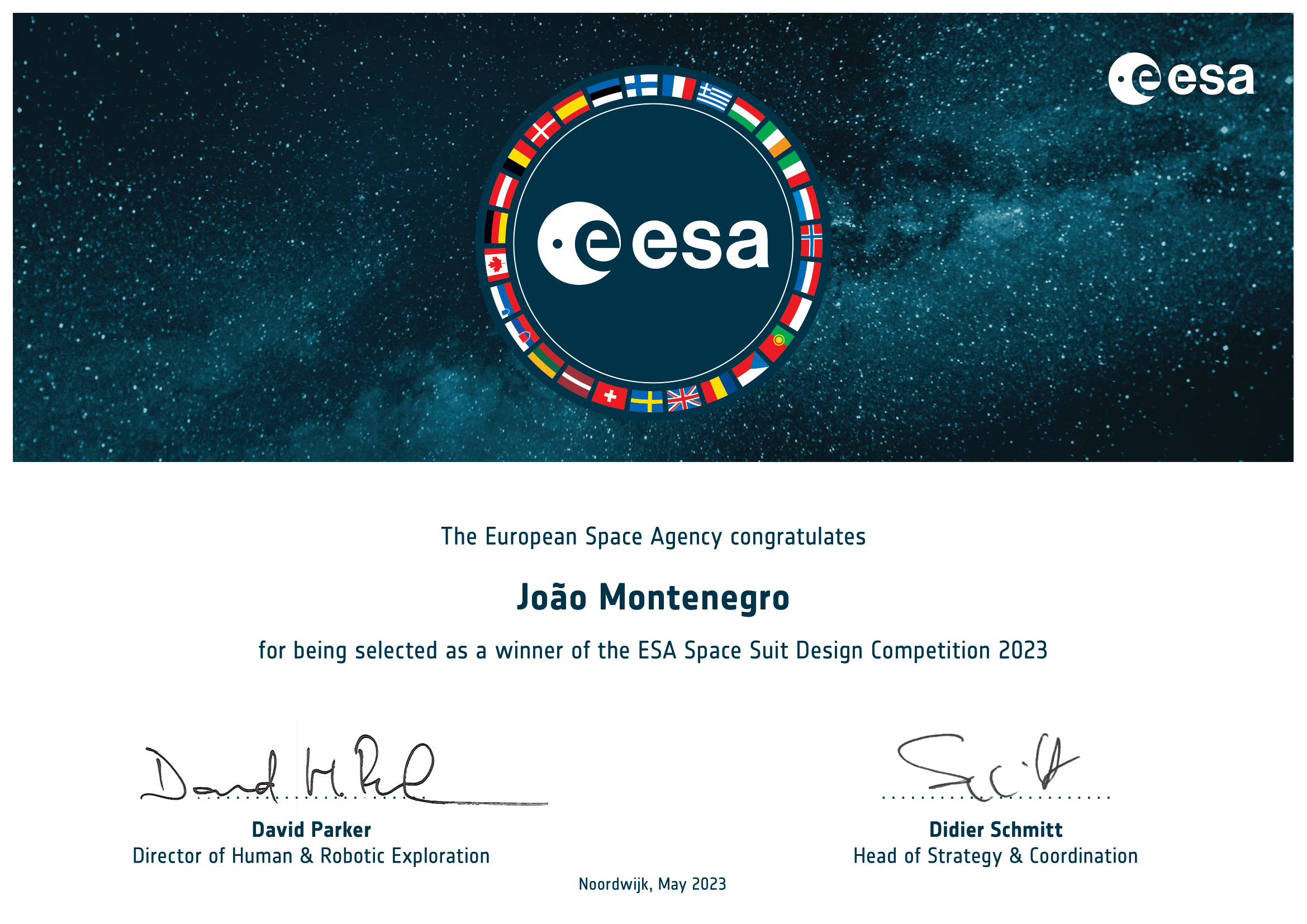
StarKnight Suit
AI-driven Spacesuit design winner of ESA’s Spacesuit 2023 Competition
2023
As Humanity venture’s into a new generation of crewed Moon Missions, the European Space Agency (ESA) is planning to develop a new spacesuit
Starknight is a concept that was selected in the competition “Design a Spacesuit for ESA” open to all populations of the member states.
Overall, this project aims to answer the question:
- can a spacesuit be a vehicle something bigger than the sum of its parts?
- can a spacesuit be a vehicle something bigger than the sum of its parts?
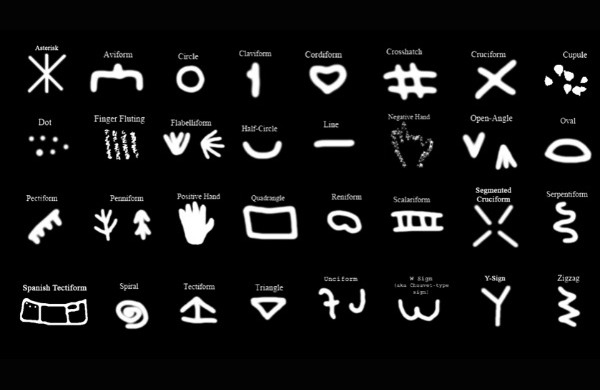
ESA’s civilizational heritage
From the beginning of our existence, humanity has harnessed the art of adornment, intertwining it with practical needs. Our attire serves as a language, subtly revealing our intents and symbolizing our roles.
Space exploration, venturing into unknown realms beyond our terrestrial confines, epitomizes the pinnacle of human accomplishment. It is a feat that cannot be realized without the power of collaborative efforts.
Space exploration, venturing into unknown realms beyond our terrestrial confines, epitomizes the pinnacle of human accomplishment. It is a feat that cannot be realized without the power of collaborative efforts.
The European Space Agency stands as a testament to this bold spirit of collaboration. It unifies 22 nations, each with their own rich tapestry of historical and cultural pride, into a singular, formidable entity.
There is perhaps no finer testament to humanity's collective endeavor over millennia than this joint venture into the stars. So, how might we convey the noble objective of space exploration?
There is perhaps no finer testament to humanity's collective endeavor over millennia than this joint venture into the stars. So, how might we convey the noble objective of space exploration?
How could we communicate this audacious quest as an effort to improve not only our understanding but also the condition of humanity and our planet?
This we do by striving together, by achieving the seemingly impossible through our shared efforts and ambitions.
This we do by striving together, by achieving the seemingly impossible through our shared efforts and ambitions.
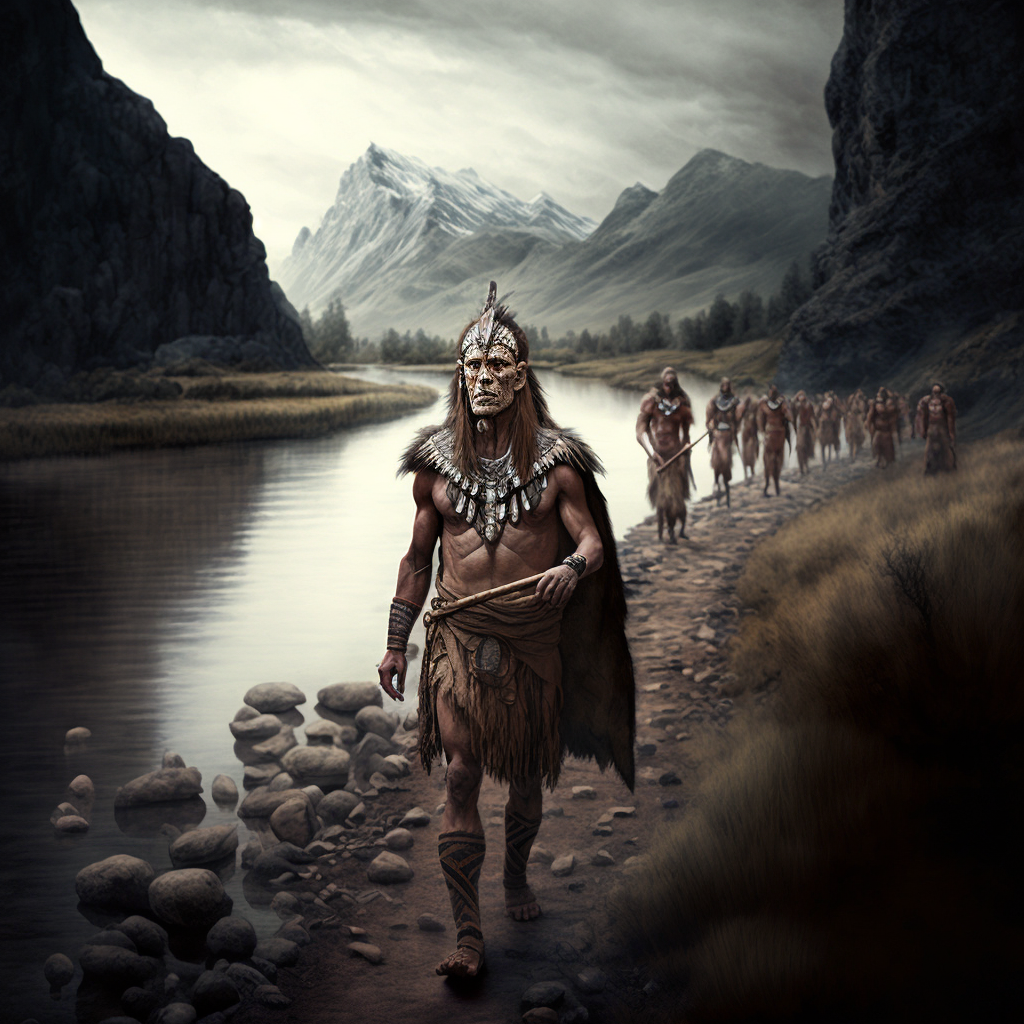
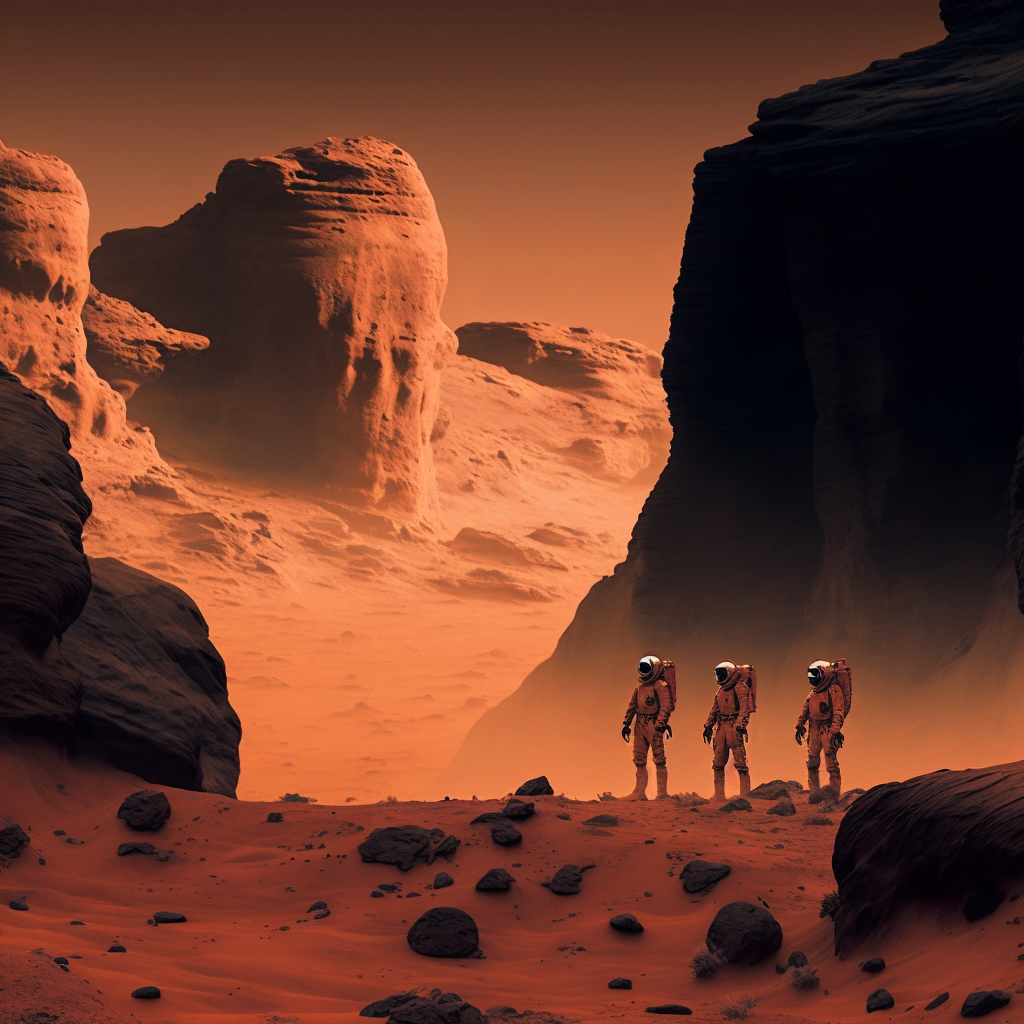
1. Use AI to create something new from our joint history
The approach begins with a simple question: what is it that we bring with us?
To understand this we must first gather images from the past.
These symbols represent the good and the bad, but better yet our continous goal to learn from our past and to build a better future.



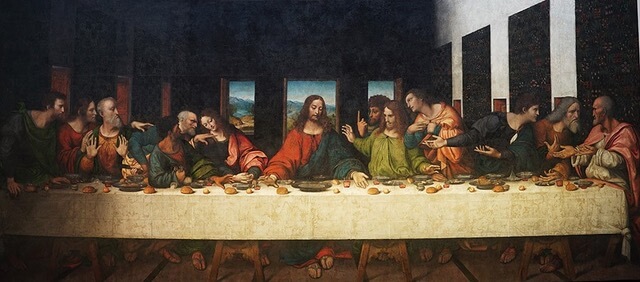











A few examples of the images used as references.
2. Making sense out of artificial generations
Although AI is a great tool, it is indeed just that a tool. In the case of this process, the generated images were tuned to incorportate many of the symbols and thus produced inspirational images, not a final product.






Out of these images, though it became possible to understand the materials, colors, and decorative elements that could then be used for our design concept.

Regardless of the materials some of the design problems became clear:
- celebrating cultures differently
Designed for new envirnoments

An astronaut suit is one of the most complex pieces of technology to design.
In the end it is a wearable spacecraft capable of supporting human life during several hours of labour in extreme environments.
To begin, we need to consider the spacesuit’s environment. For the past decades, astronauts have not ventured beyond Low Earth Orbit (LEO), but in the comming years, this will change.
The first new environment will be the Moon.
This type of environment is much tougher to work on when compared to LEO.
Especially because of:
- Gravity. Even at 1/6th of Earth’s, the very heavy spacesuits make it very hard for astronauts to move around.
- Radiation. The Moon lies beyond the Van Allen belts and most of the Earht’s magentosphere. This makes it much more subject to solar and galactic radiation.
- Temperatures. The moon has a 27 day long translation AND rotation period around the Earth, this means that half that time, the ground is either exposed to contious sunlight or in permanent shade.
The Moon also doesn’t have any atmosphere, which would distribute the temperature evenly. This way sunlit areas might be 100K to 200K hoter than the shadows.
- Regolith. It’s everywhere and sharp as glass. The moon’s “dirt” is actually much different from the Earth’s soil, especially since it is not eroded by wind and water, making each grain a microscopic glass shard that gradually can pierce any fabric, metal, plastic or human skin...
Design sketching
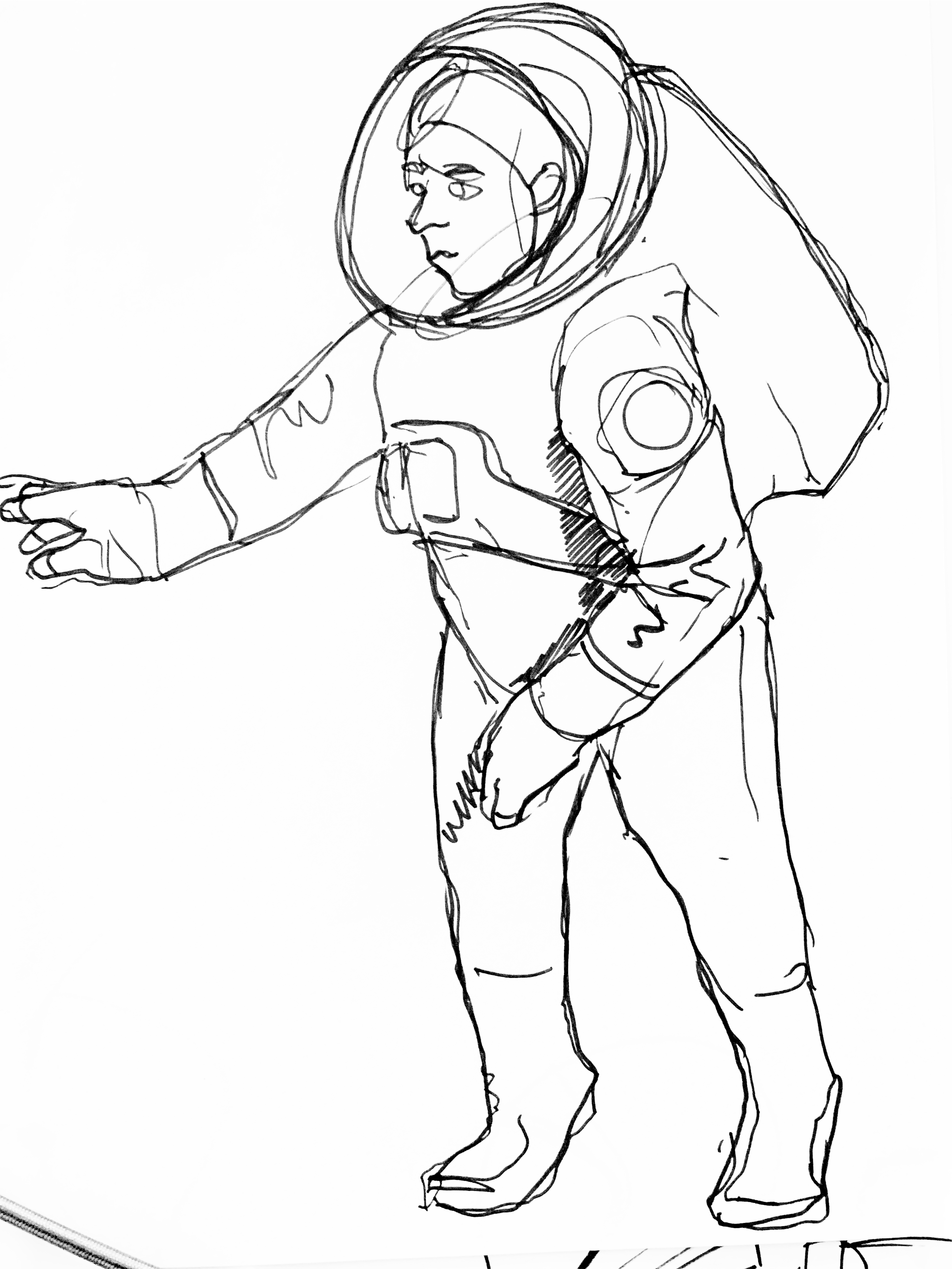

One of the clear tradeoffs for designing a suit appears imediatly: the helmet design.
A helmet must be able to provide visibility AND to allow for shading elements.
One of the imendiate problem lies in head movement. Although in space movies, helmets are designed with articulated necks, this is usually avoided in spacesuit design.
Why?
Well, there are several benefits for fixed helmets, such as:
- less likelyhood of visor fog.
- ability to use wearables inside the helmet as there is a larger volume
- ability to use drinking straws, food supply or the use of Valsalva device.
Below is the final concept drawing of the suit given all these constraints.

Communication is key for mission success. This means:
- quickly explaining roles
- indicating vital sings to team members
- expressing the astronaut’s personality, cultural heritage, etc.
This last point I believe to be as important as all others, otherwise why send people to space at all?
Details
One of the hardest components to design are the gloves.
Astronauts need to work continuously with tools and manipulating their environment for multiple hours.
This means that gloves are subject to extensive wear and tear, and a major failure point.
The fact that spacesuits are preassurize and climate controlled means taht they need to be especially thick. This makes it hard for astronauts to gesticulate and move their fingers. The continuous pressure also regularly hurst astronauts finger nails, fingers and nails.
Here’s a simple sketch of the glove systems with clearly separated friction elements and harder top covers with radiative capabilities.
This means that:
- these gloves can avoid wear and tear in the grip layer
- they can also provide protection againts impacts in the upper hand area.
HUD and AR capabilities

Astronauts have a hard time moving through the strange Moon terrain. This is due to mainly two factors:
1. Regolith reflects sunlight in a different way than most environments on Earth. This makes it hard to understand shapes on the Moon. “Is that a crater? Or perhaps a mountain?” This was especially complained about by a few of the Apollo astronauts during EVA’s as they took much longer to navigate the surface.
2. No lunar GPS. At least for now, there will be no lunar GPS. This means that astronauts will need help to gavigate locally as well as keep track of longer distance markers in the case of farther expeditions.
Beyond navigation there are many benefits for HUD systems:
- communicating with other astronauts and mission control
- object recognition and highlighting (geology or hazard avoidance)
- keeping track of life support metrics (as well as time, temperature, radiation, etc).

“3dFication”
In order to get a sense of the final design, a process was used that gets data from a simple 3d model, and use it to generate more advanced AI generated images. Although these images still require a lot of post-processing.
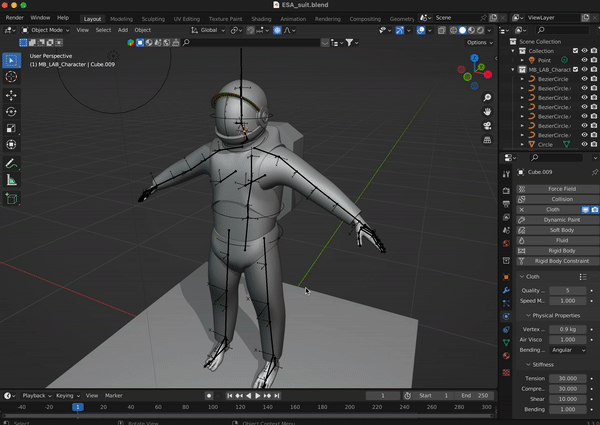
Colors
Why are astronaut spacesuits usually white? Again, it’s not by pure chance or lack of imagination.
The spacesuits need thermal regulation due mainly to two factors:
1. ECLSS and other heatproducing systems - The Environmental Control and Life Support System requires to radiate heat from all the interior machinery. However, on the Moon or LEO there’s no atmosphere hence heat needs to be conducted in the form of radiation.
2. Reflecting sunlight. Due to similar reasons as the previous factor, heat from the sun needs to be reflected and white fabric does this well.
However, color is important to:
- communicate roles and mission activities
- visualize other astronauts in the middle of the
- astronaut’s personal and cultural personalization.
This way, this section is a sugestion for engineering development of better fabric that can use color as well as preform in space’s hostile environments.
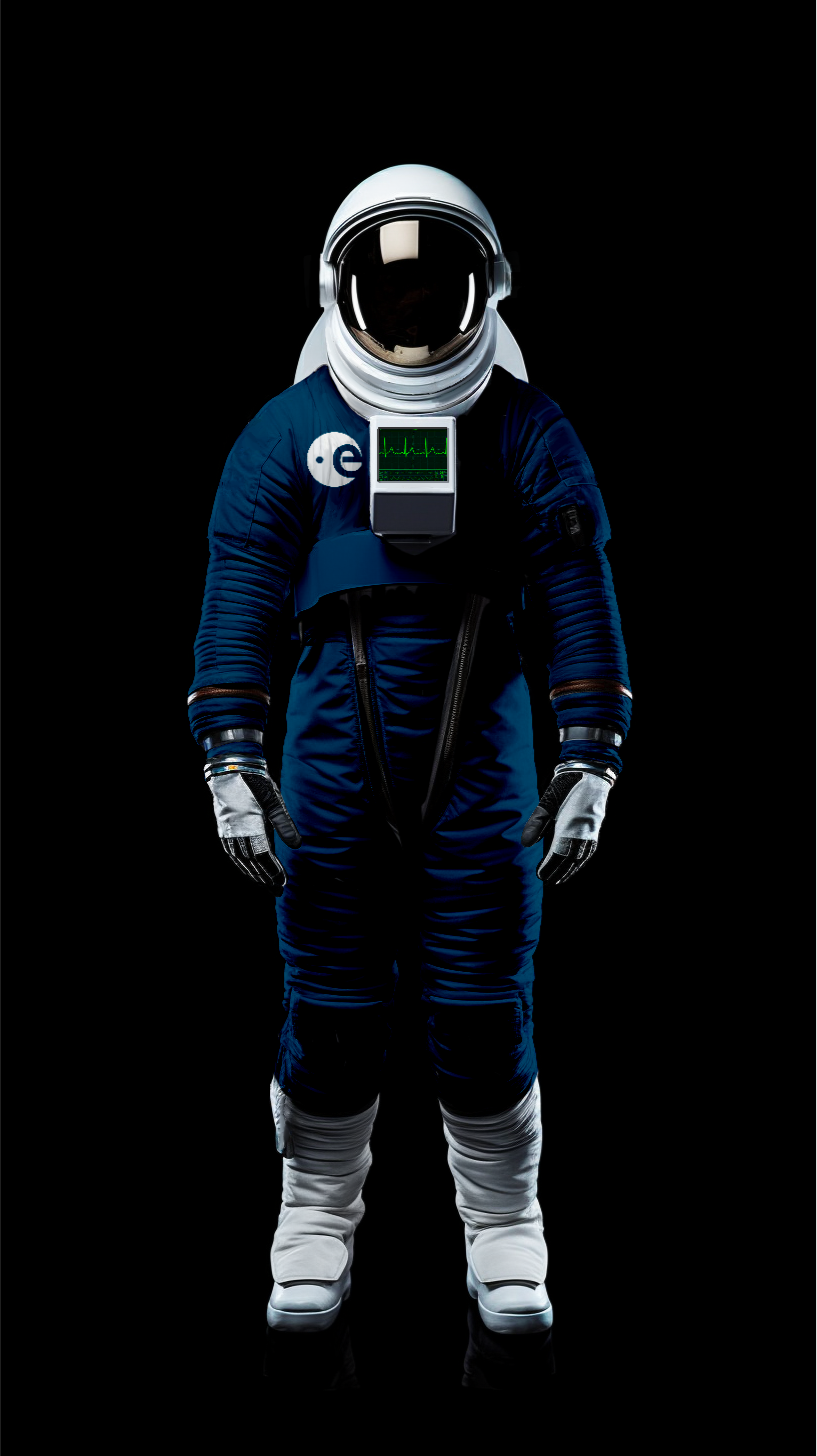
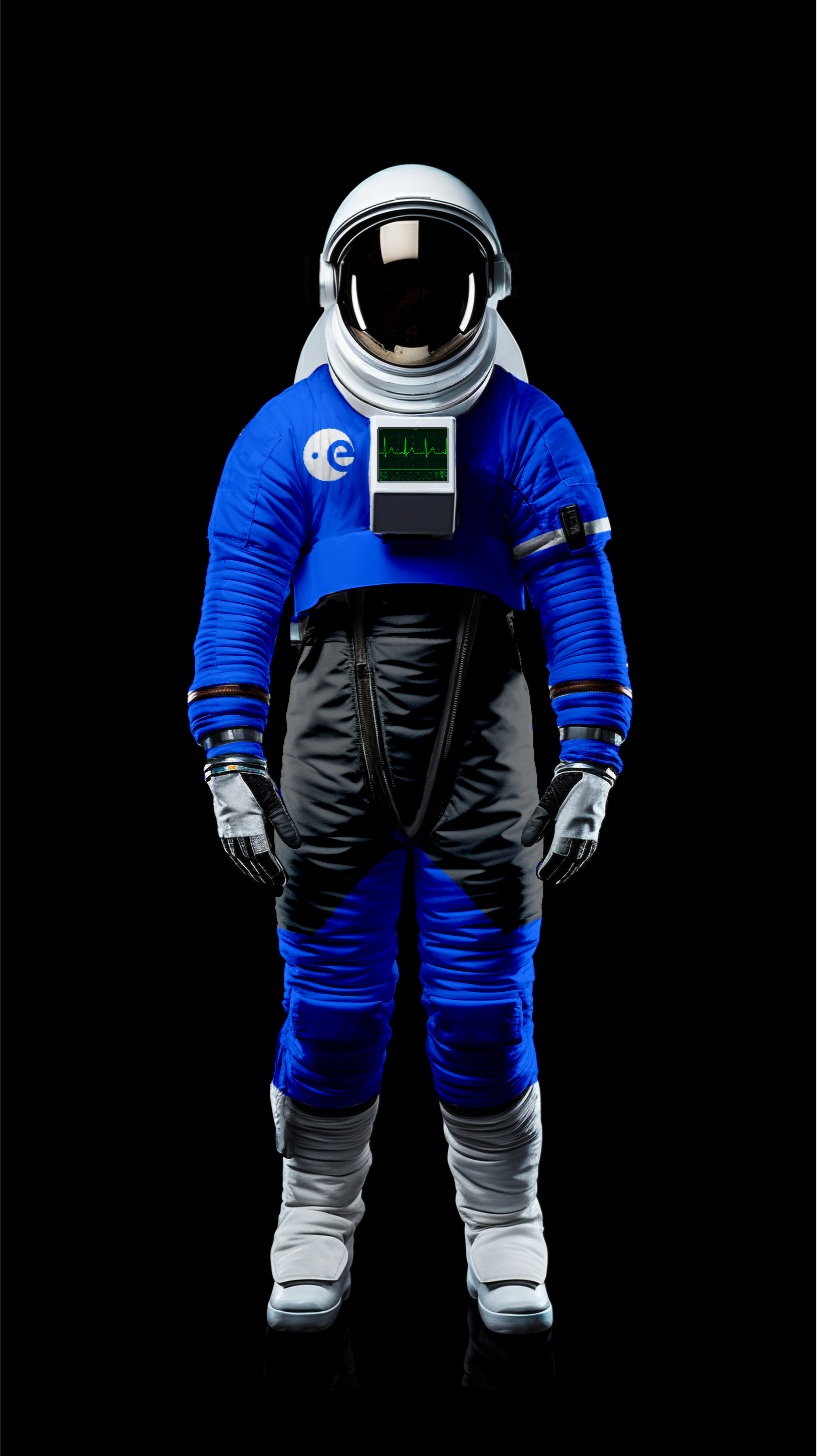
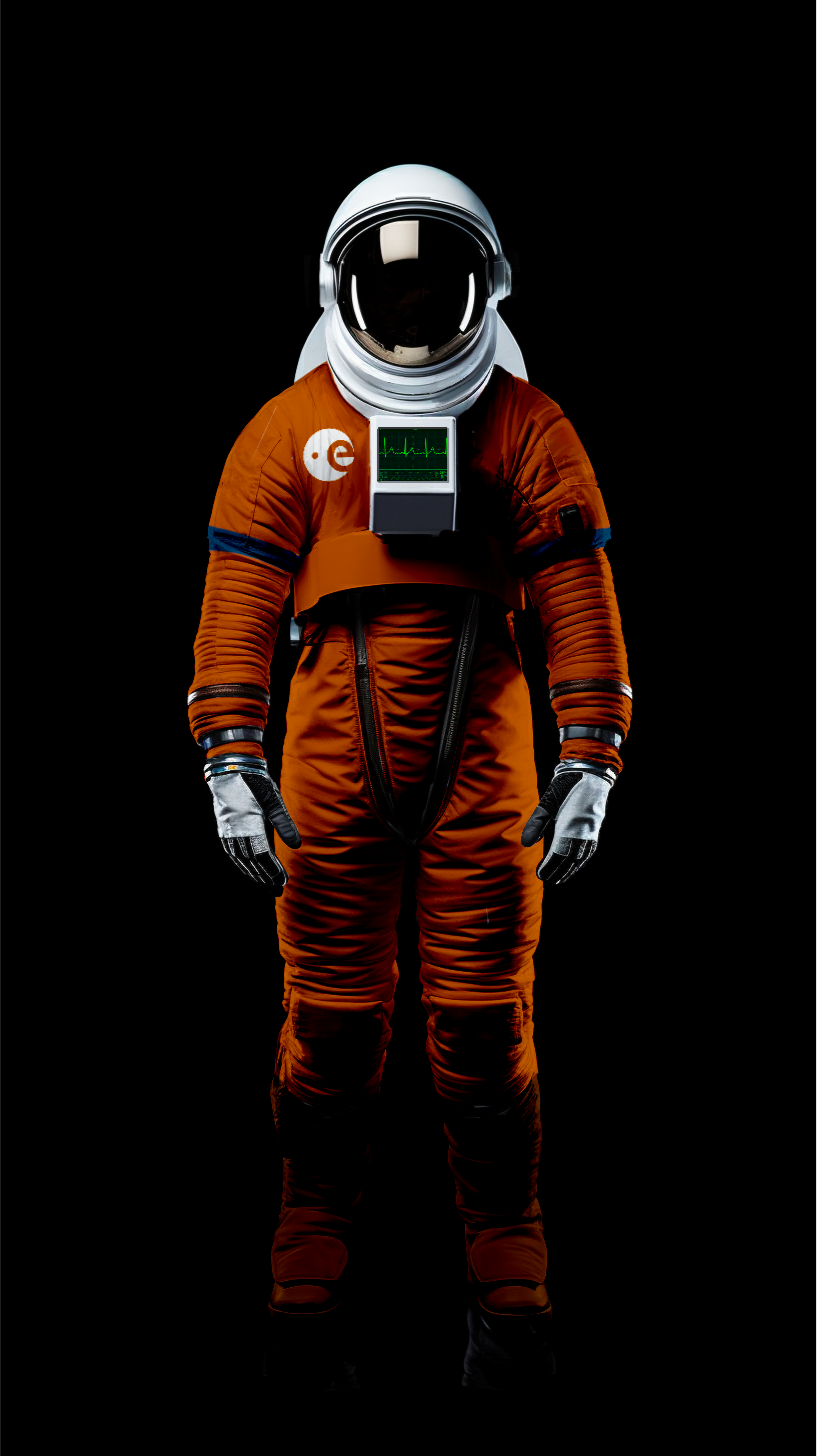
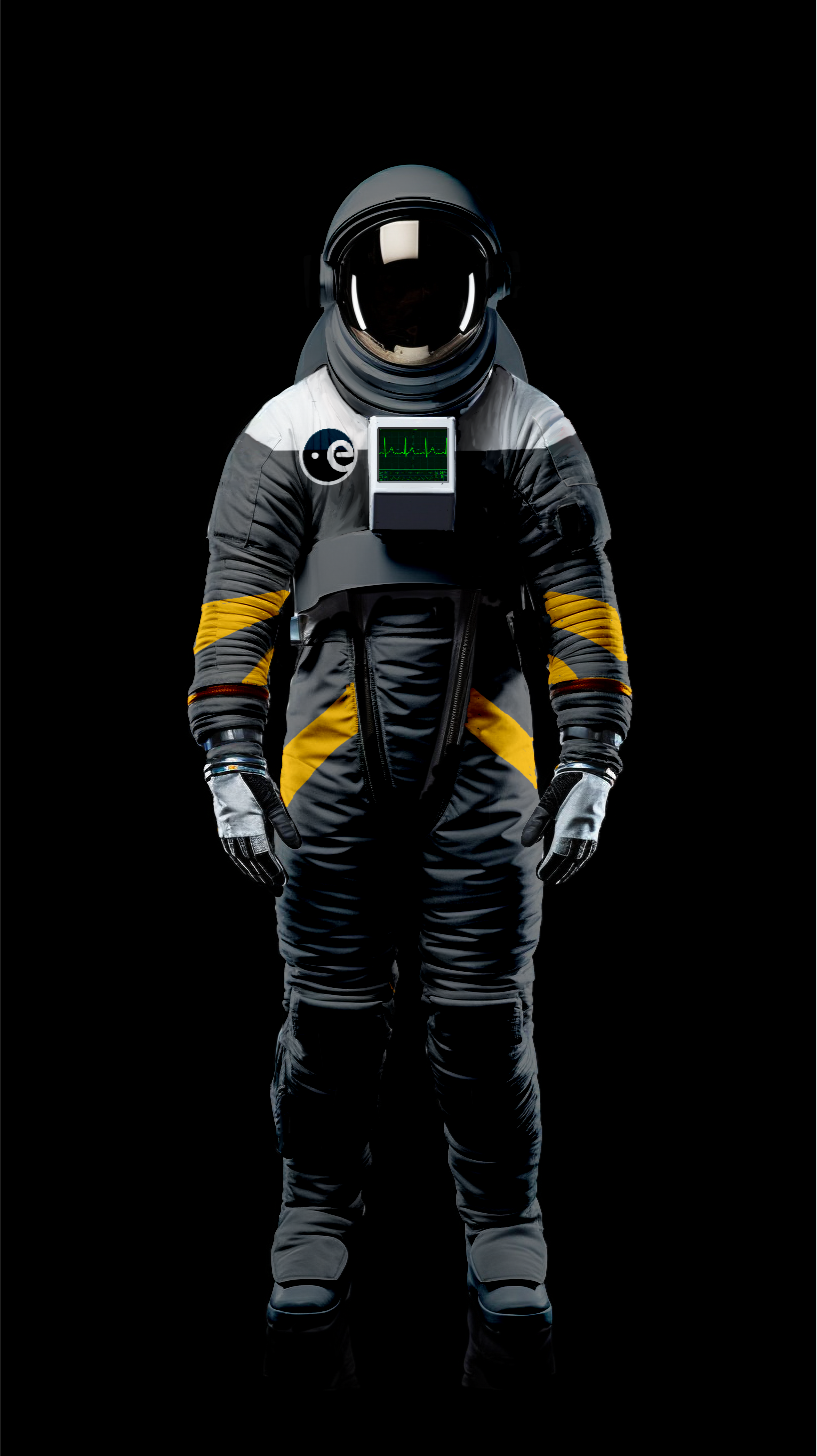


Heavy duty tracking
Artemis missions are aimed at exploring the Moon’s southern regions. This is an area that is extremely different from where the Apollo missions took place, it is filled with harsh terrain, steep climbs, and deep craters.
This way, astronauts need to be ready to gear up and hike.
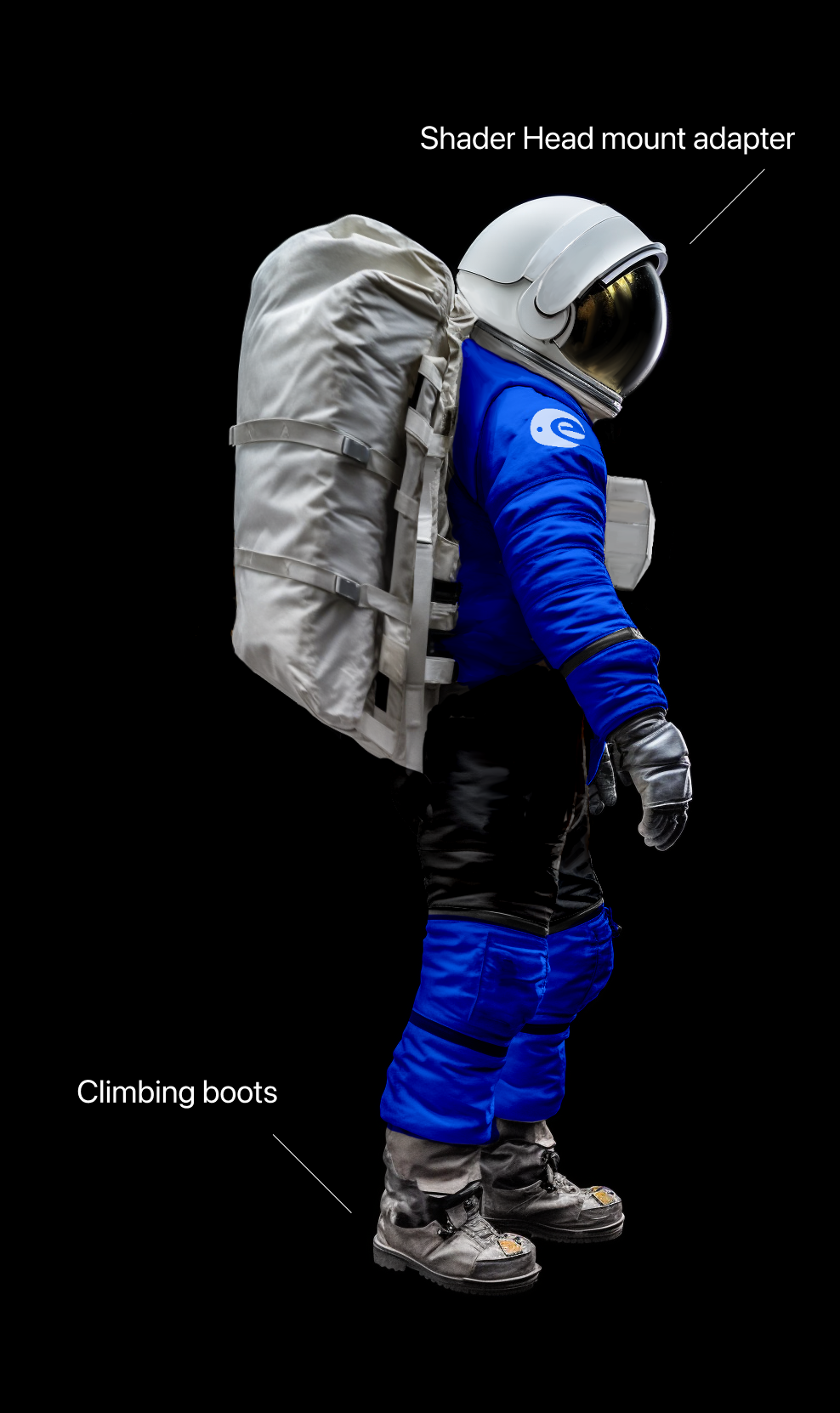
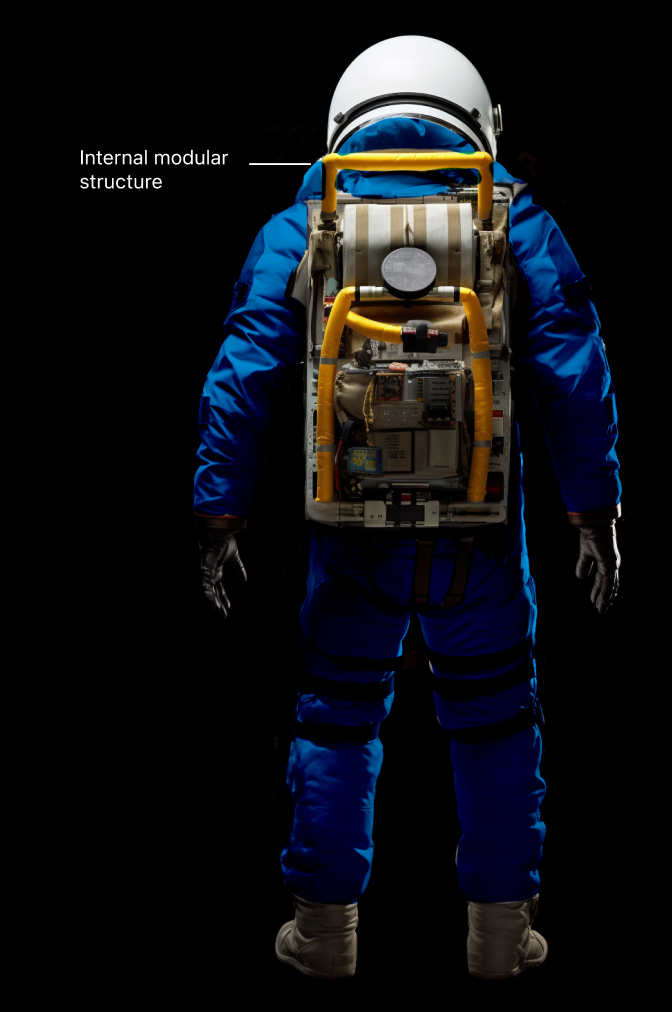
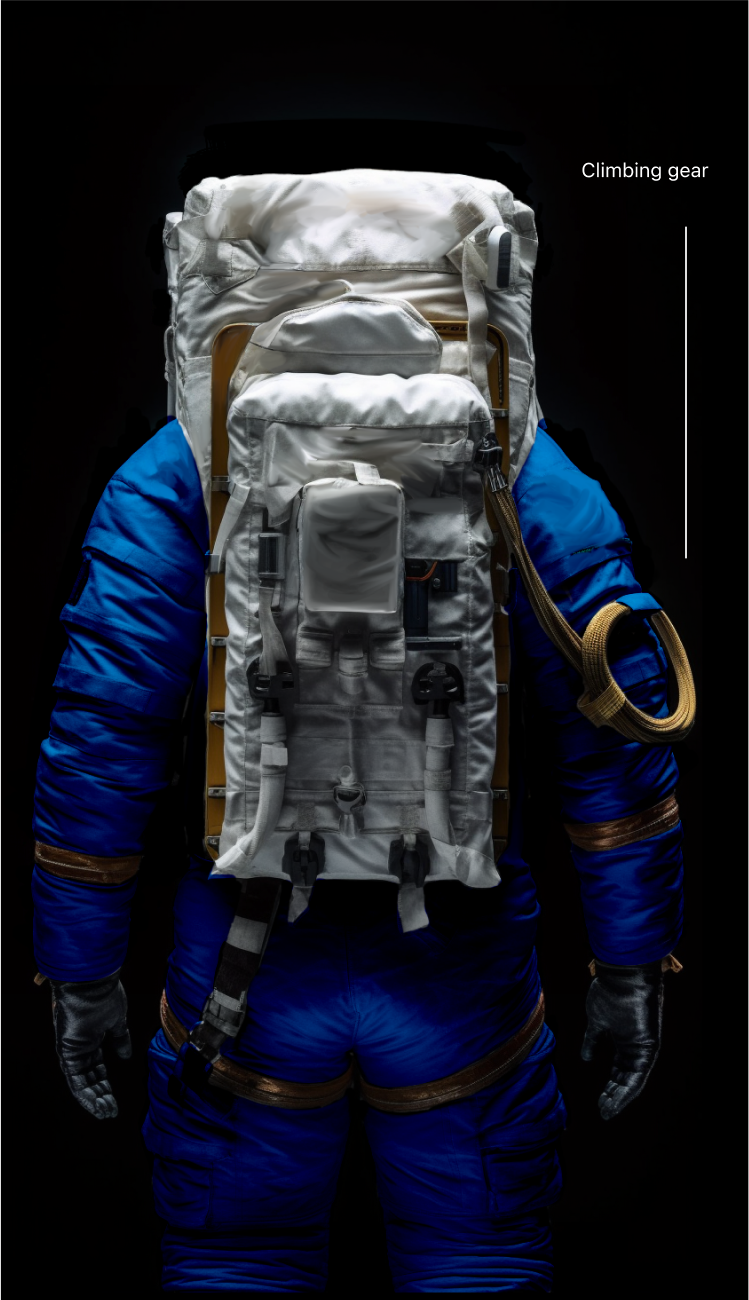
The final design
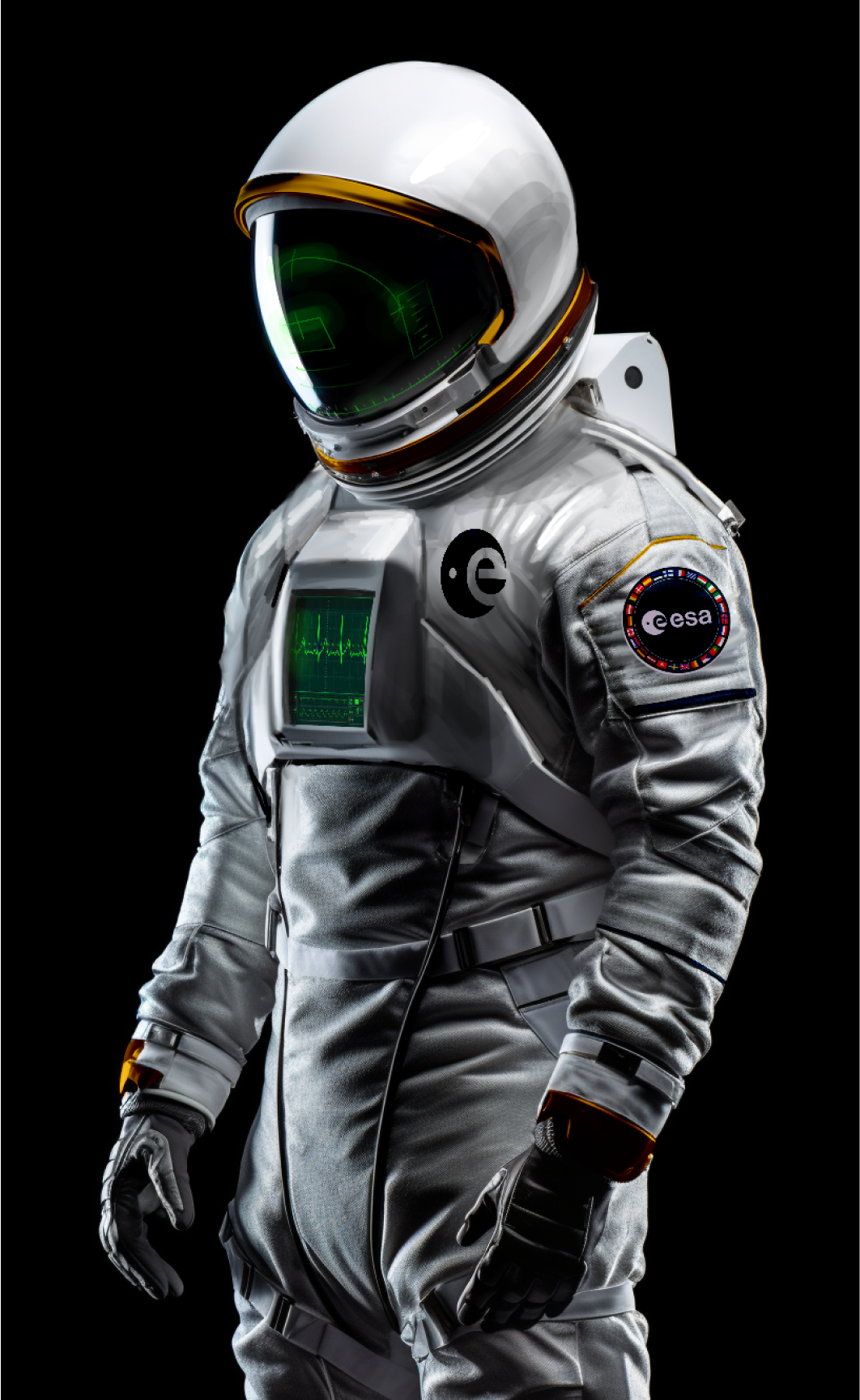
Although only explored in an inital iteration, the Starknight spacesuit is an unique piece of equipment, ready to take ESA’s Human spaceflight into the next era of exploration.
Here’s a list of components that are yet to be developed thoroughly:
- Adapting the suit to people of different sexes and body types
- Design for assembly
- Design for better dress-in and out
- Boot design
- Backpack design
Here’s a list of components that are yet to be developed thoroughly:
- Adapting the suit to people of different sexes and body types
- Design for assembly
- Design for better dress-in and out
- Boot design
- Backpack design
Media
Prize
This suit was awarded as one of the 5 winners of the ESA Spacesuit design 2023 competition. You can see more details here.
